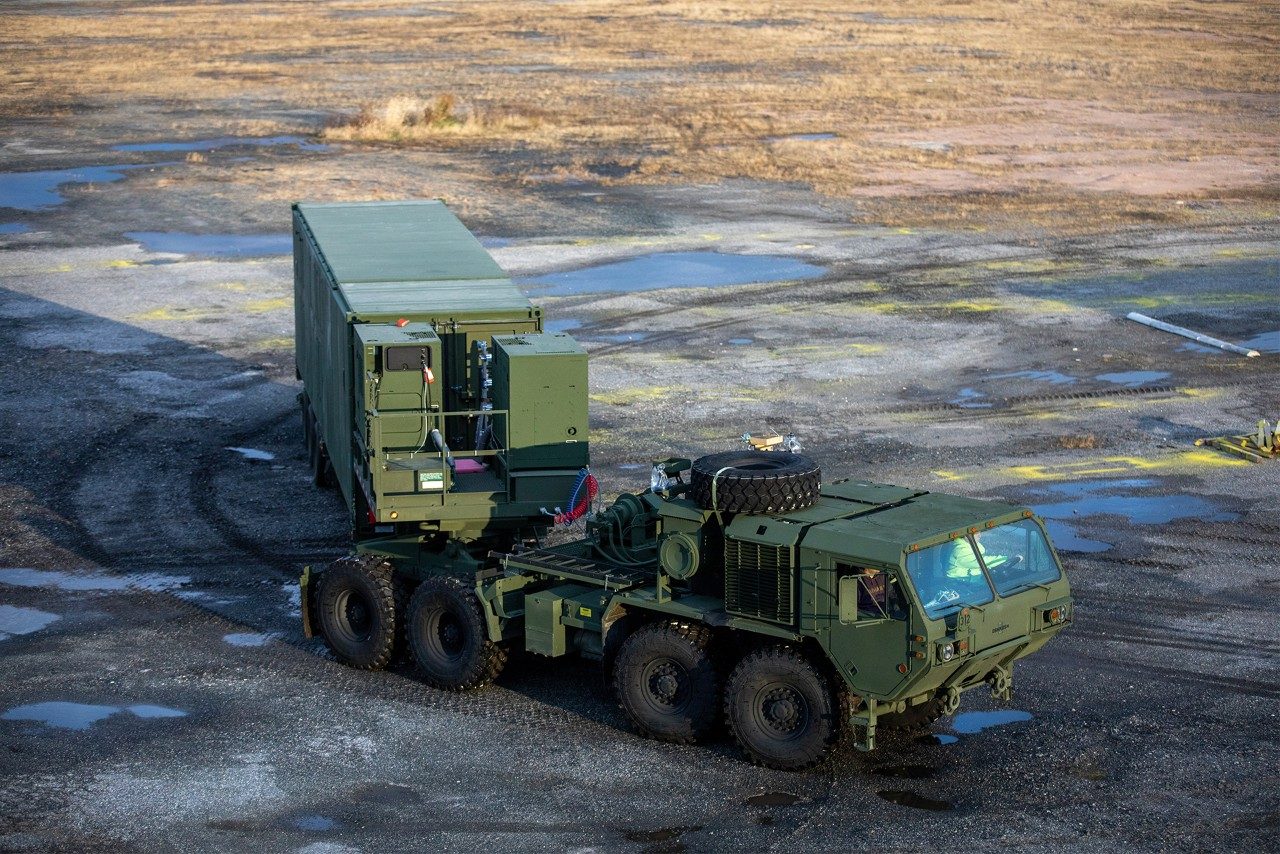Industries from retail to banking are preparing for the future by focusing on the modernization of their technologies and assets.
But for an organization like the U.S. Army, aging technology has much greater implications than inventory management or virtual banking.
The top reason behind U.S. Army modernization? Ensuring its adversaries can't outrange or outpace it on traditional battlefields, or the new frontiers of space and cyberspace. And in the evolving global threat environment, time is increasingly not a luxury the Army has.
THE CHALLENGE:
FIELDING A MID-RANGE CAPABILITY BATTERY QUICKLY
Meeting Mission Requirements on a Tight Timeline
The U.S. Army is the land service branch of the United States Armed Forces. It serves the vital mission of protecting the United States’ land, resources and people.
In 2020, the U.S. Army conducted a strategic fires study that identified a capability gap in its long-range precision fires portfolio. Army leaders knew it was time to take action.
More importantly, they knew in order to support the National Defense Strategy and get this capability into the hands of soldiers, the acquisition process needed to move faster than it traditionally has. Time was of the essence.
The U.S. Army’s Rapid Capabilities and Critical Technology Office (RCCTO) sought a partner with deep experience and expertise in integrated weapon systems. The right partner would need to combine the Navy's existing SM-6 and Tomahawk missiles with launchers and a battery operations center, ultimately delivering a new ground-based weapon prototype.
It was time for the Army to reimagine what was possible. So they turned to Lockheed Martin’s Rotary and Mission Systems business.

OUR SOLUTION: SCALING UP FOR SUCCESS
Accelerating Outcomes With Existing Technology
Building a mid-range missile prototype? Very possible. Building one and delivering it in three years? Well, that's a bit more complicated. Meeting this tight deadline would take collaboration, experience and knowledge of the U.S. Army's critical needs that only Lockheed Martin had.
In November 2020, the Army’s RTTCO awarded us a contract to build the prototype.
Immediately, our teams in Baltimore, Maryland and across the U.S. got to work.
Our years of investment in modern engineering processes and digital transformation enabled the engineers to scale existing technologies—like the Aegis Command and Control functions and the Mark 41 Vertical Launching System—to quickly meet the Army's mission requirements.
In addition to allowing for a quick turnaround, this approach means the Army will be able to maintain commonality with other critical joint service programs. A key component in multi-domain operations.
With our customer’s vision in hand, we delivered the first Mid-Range Capability (MRC) battery, also known as the Typhon Weapon System, to the Army's RCCTO – on time and on schedule.
REAL-WORLD RESULTS
The best results pull together existing and emerging technology to create a custom solution that exceeds the ask.
The MRC supports one of the Army’s top functions in multi-domain operations: using strategic fires to infiltrate and break down enemy layered-defense systems. The MRC will be designed to hit targets in the range between the Precision Strike Missile and the Long Range Hypersonic Weapon.
As the U.S. Army continues to work towards modernization and digital transformation, we are prepared to help them transform into a more agile, multi-domain force.
Our 21st Century Security approach allows the U.S. Army to not only keep up with evolving threats, but to always stay ahead of ready.




